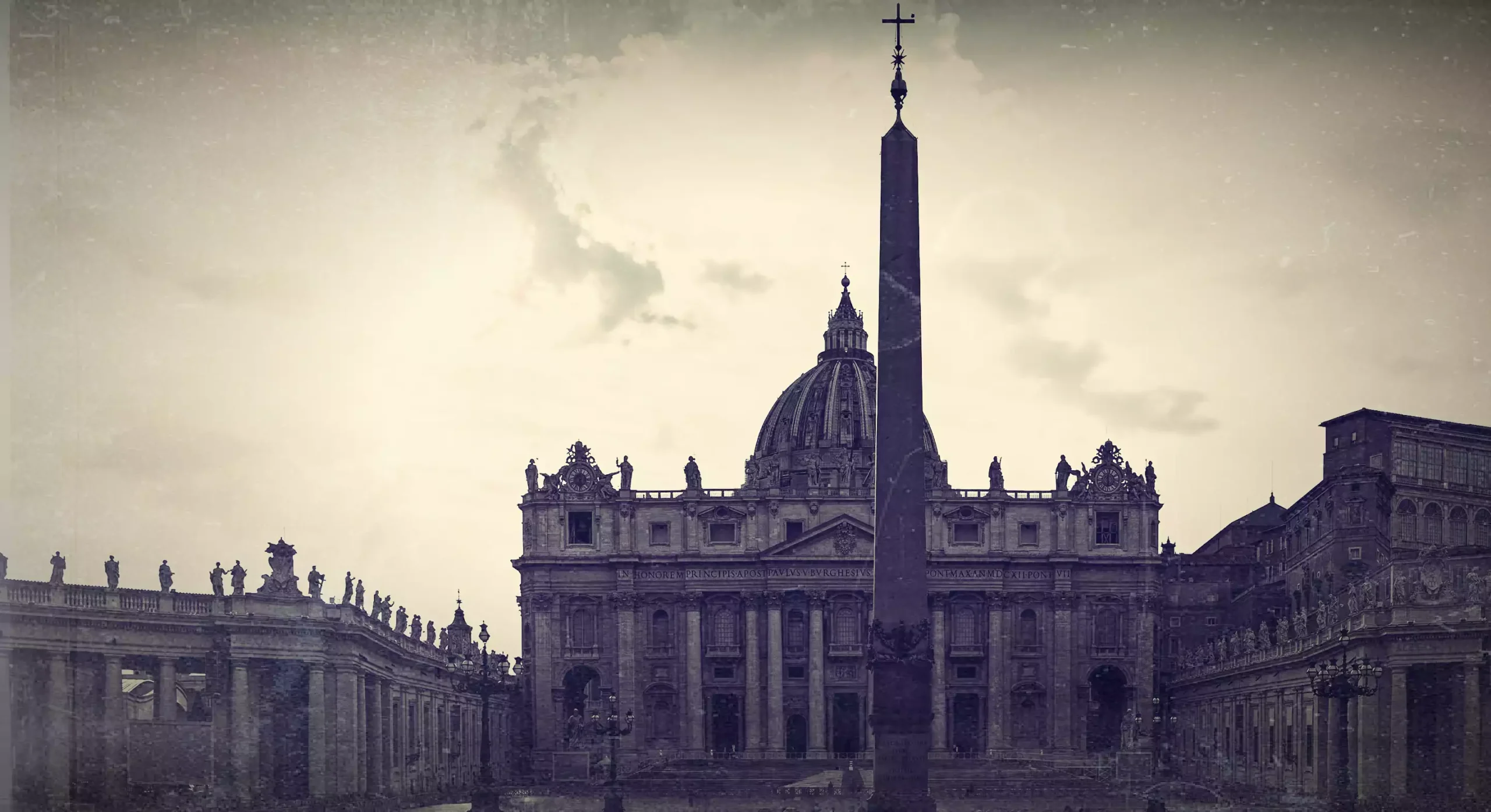
Vatican City State, the world’s smallest independent state, stands as a pivotal entity in both religious and global affairs. Encircled by Rome, Italy, this enclave serves as the spiritual and administrative nucleus of the Roman Catholic Church. Tracing its roots to the Lateran Treaty of 1929, Vatican City was established to ensure the Pope’s absolute sovereignty and to facilitate unhindered religious exercise.
The term ‘Vatican’ itself originates from the Latin ‘Vaticanus’, a name steeped in ancient Roman history. Historically, the Vatican Hill, not part of the original city of Rome, was an area of great religious significance, predating Christianity. With the construction of St. Peter’s Basilica over the traditional site of St. Peter’s tomb, the Vatican gradually evolved into the heart of Western Christendom.
Governance and Territorial Structure
Vatican City State’s governance is uniquely intertwined with its religious role. The Pope, as the supreme leader of the Roman Catholic Church, also serves as the absolute monarch of this enclave. This dual role underscores the Vatican’s unique status in international relations, allowing it to navigate global affairs from a religious perspective.
The state’s territorial expanse, though minimal, is rich in cultural and religious significance. Spanning approximately 44 hectares, it encompasses key religious and historical sites, including the majestic St. Peter’s Basilica, the Apostolic Palace, and the Vatican Museums. These sites not only serve religious purposes but also house an extensive collection of art and historical documents, making Vatican City a hub of cultural heritage.
Administratively, the Governorate of Vatican City State oversees day-to-day operations. This body, under the Pope’s direction, manages the state’s various departments, ensuring seamless functioning within this unique geopolitical entity. Despite its size, Vatican City maintains a complex administrative structure, reflective of its significant global role.
In biblical terms, while Vatican City State as an entity does not appear in the Bible, the Papacy and the Church’s central role in Christianity have scriptural foundations. References to St. Peter, considered the first Pope by tradition, can be found in the New Testament, laying the groundwork for the Church’s leadership structure that eventually culminated in the establishment of Vatican City.
Cultural and Religious Significance
The cultural and religious significance of Vatican City State cannot be overstated. It is the epicenter of Roman Catholicism, housing the Pope and serving as the administrative and spiritual headquarters of the Church. The Vatican’s influence extends far beyond its borders, impacting billions of Catholics worldwide.
Art and architecture play a pivotal role in Vatican City’s allure. Masterpieces by Michelangelo, such as the Sistine Chapel ceiling and the Pieta, along with works by Raphael and Bernini, adorn this sacred city. These artistic treasures not only depict religious narratives but also symbolize the Church’s historical commitment to fostering artistic expression.
The Vatican’s religious significance is equally profound. It is the site of key liturgical ceremonies, particularly during Easter and Christmas, drawing pilgrims and dignitaries from around the globe. The Papal conclaves, held in the Sistine Chapel, are pivotal events where the College of Cardinals convenes to elect a new Pope, further underscoring Vatican City’s central role in the Catholic Church.
Vatican City State, while diminutive in size, is monumental in its historical, cultural, and religious impact. As the seat of the Roman Catholic Church and the residence of the Pope, it remains a symbol of faith and a center of global diplomacy. Its rich artistic heritage and the pivotal role in religious affairs continue to influence people across the world, transcending its geographical confines. Vatican City, embodying centuries of religious tradition and cultural magnificence, stands as a testament to the enduring legacy of the Catholic Church.
References
- “Encyclopedia Britannica | Vatican City.” Accessed on December 23, 2023.
- “Governance of the Vatican City State.” Libreria Editrice Vaticana, 2017.
- “History.com | Vatican City.” Accessed on December 23, 2023.
- “UNESCO World Heritage Centre | Vatican City.” Accessed on December 23, 2023.
- “Vatican City: Its Establishment and Function.” Princeton University Press, 2014.
- “Vatican City State Official Website.” Accessed on December 23, 2023.
- “Art and Architecture in Vatican City.” Vatican Museums. Accessed on December 23, 2023.
